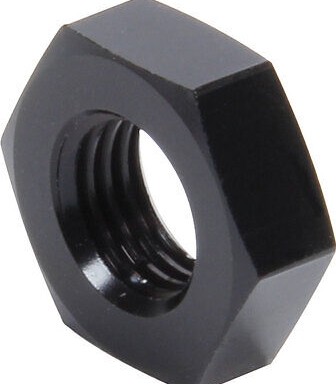How to Anodize Aluminum Black? | A Comprehensive Guide
Black anodized aluminum is renowned for its durability, resistance to corrosion, and aesthetic value. This process is widely used across various industries, but achieving a consistent, high-quality finish requires precision. Improper anodization can lead to uneven color, poor adhesion, and reduced performance.
To anodize aluminum black, the process involves four critical steps: pre-treatment, anodization, blackening, and sealing. Pre-treatment ensures a clean and smooth surface for optimal adhesion. Anodization creates a protective oxide layer. Blackening involves dyeing or electrolytic coloring to achieve the desired shade. Finally, sealing enhances the finish’s durability and environmental resistance. By carefully controlling variables like voltage, acid concentration, and sealing methods, you can achieve a durable and visually appealing black finish.
This guide explores the entire black anodizing process in detail, addressing the challenges and offering solutions to help you achieve the best possible results for your project.
What is Aluminum Black Anodizing?
Black anodizing is a specialized surface treatment that enhances aluminum’s properties. During this process, a controlled electrochemical reaction creates a protective oxide layer on the aluminum surface. The oxide layer is porous, allowing it to be infused with dyes or colored using metallic salts to achieve a black finish. This method improves the material’s corrosion resistance, wear resistance, and aesthetic appeal, making it a favored choice for applications requiring both durability and elegance.
More Resources: Aluminum Hard Anodizing: Characteristics and Applications
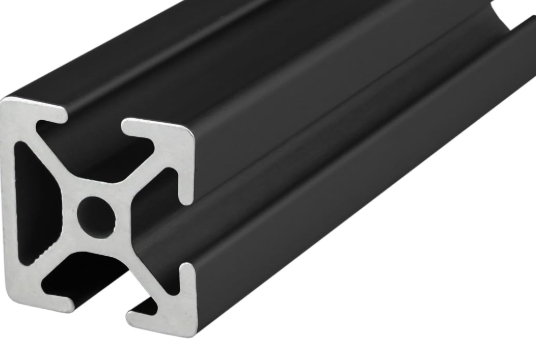
How to Anodize Aluminum Black?
Material Selection
Choosing the right aluminum alloy is fundamental to the success of the anodizing process. Different alloys respond differently to anodization, influencing the final appearance, thickness, and durability of the oxide layer. For example, alloys with higher copper or silicon content may result in an uneven finish or reduced corrosion resistance. It’s essential to select an alloy that aligns with both the aesthetic and functional requirements of the application. Typically, alloys like 6061 or 2024 are favored for their excellent anodizing results, providing a high-quality and consistent finish.
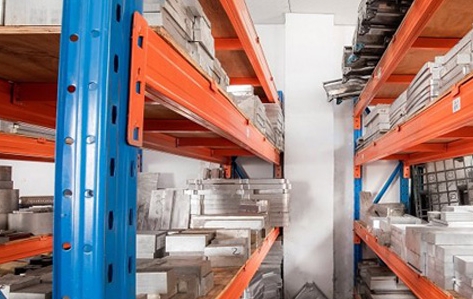
Process Control
Achieving a consistent and high-quality anodized finish relies heavily on precise control of the anodizing parameters. Key factors such as voltage, acid concentration, and temperature all influence the outcome:
- Voltage affects the thickness and uniformity of the oxide layer. Too high a voltage can lead to inconsistencies, while too low can result in a thinner or incomplete oxide formation.
- Acid Concentration determines the speed at which the oxide layer forms. Correct concentration ensures a stable reaction, preventing defects like poor adhesion or unevenness.
- Temperature impacts the efficiency of the process. Maintaining an optimal electrolyte bath temperature is crucial for consistent layer formation, as extreme heat or cold can cause irregularities in the oxide layer. Properly regulating these factors ensures the anodizing process is uniform and yields high-quality results.
Surface Preparation
Surface preparation is a critical step in ensuring a flawless anodized finish. The aluminum must first be thoroughly cleaned to remove grease, oils, dirt, and oxidation, as contaminants can interfere with the anodizing process, causing defects or uneven coloration. Mechanical or chemical etching is then performed to create a uniform, matte surface that improves the adhesion of the oxide layer. Proper etching also eliminates any surface irregularities, ensuring a smooth finish.
The Industries and Applications for Black Anodized Aluminum
Black anodized aluminum is highly valued across various industries for its durability, corrosion resistance, and aesthetic appeal. Its lightweight nature and enhanced properties make it suitable for numerous applications, from high-performance machinery to consumer products. Below are key industries where black anodized aluminum is widely used:
1. Aerospace and Defense
In aerospace and defense, black anodized aluminum is used for aircraft parts, satellite components, and military equipment. The anodized surface improves corrosion resistance, making it ideal for extreme conditions while keeping components lightweight.
2. Automotive
In the automotive industry, black anodized aluminum is used for decorative trims, engine parts, and heat exchangers. It offers a sleek look while providing durability, wear resistance, and protection from the elements.
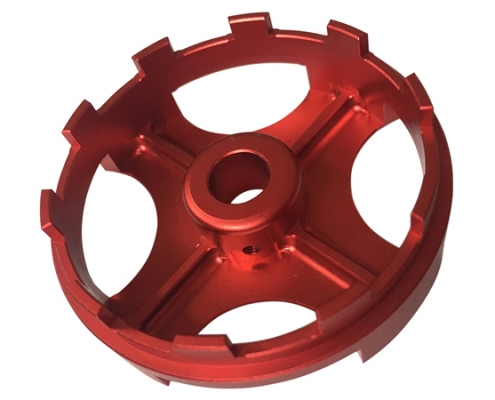
Black anodized aluminum is perfect for medical equipment like surgical tools and implants. The anodized layer is non-reactive and can be sterilized, making it ideal for applications requiring high hygiene standards and durability.
4. Electronics
In electronics, black anodized aluminum is found in devices like smartphones, laptops, and tablets. It offers a premium finish and protects against scratches and wear, while also contributing to heat dissipation.
These applications demonstrate the versatility of black anodized aluminum, which combines functional and aesthetic benefits for a wide range of industries.
In Conclusion
Black anodized aluminum significantly enhances durability, corrosion resistance, and aesthetic appeal. This versatile process remains a valuable option across various industries, providing both functional and aesthetic benefits. Its unique properties make it ideal for applications ranging from automotive to architectural elements, combining resilience with a modern look.
Start your Aluminum CNC Machining Project Services
For aluminum products seeking a stunning, durable finish, black anodizing is the ideal choice. VMT guarantees quality and customer satisfaction, enhancing your product’s performance and appearance. We offer a range of manufacturing services, including black anodizing for prototyping and production, with instant quotes available.
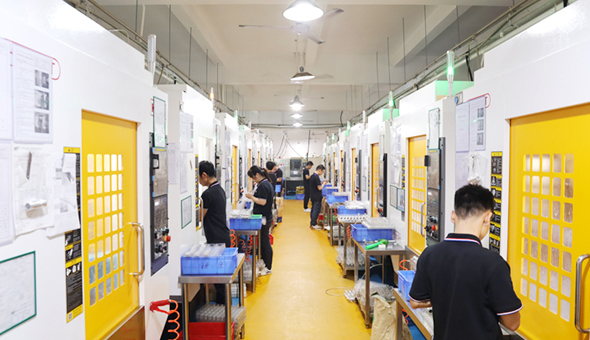
Frequently Asked Questions
How to Anodize Aluminum at Home?
To anodize aluminum at home, you need sulfuric acid, distilled water, a power source, and dye if coloring. First, clean and degrease the aluminum. Then, submerge it in an electrolytic bath with a cathode made of lead or aluminum and apply current. This forms an oxide layer on the surface. Finally, seal it by boiling in distilled water to enhance durability.
How to Black Anodize Aluminum?
After anodizing, dye the aluminum black by submerging it in a specialized black anodizing dye or fabric dye. Heat the dye bath to 140 degrees Fahrenheit for better absorption. Once the desired color is achieved, seal the anodized aluminum by boiling it in distilled water for 30 minutes. This locks in the color and improves durability.
How to Anodize Aluminum Blue?
Follow the same anodizing process as usual. After anodizing, place the aluminum in a heated blue dye bath at 140 degrees Fahrenheit. The longer the metal stays in the dye, the deeper the blue color. After dyeing, boil the aluminum in distilled water for 30 minutes to seal the color and improve wear resistance.

